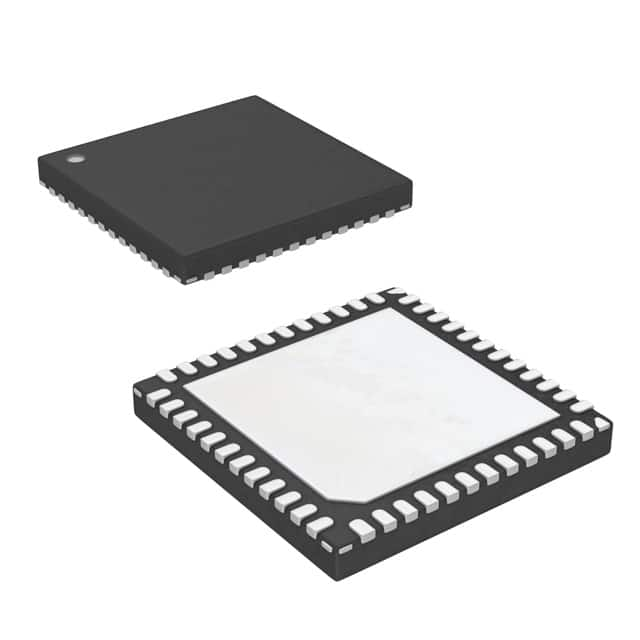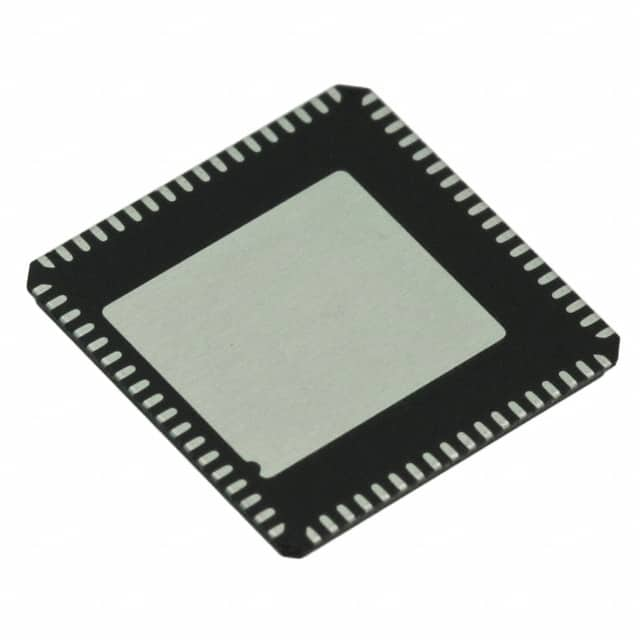Intersil ISLA224S12IR1Z
- ISLA224S12IR1Z
- Intersil
- IC ADC 14BIT SPI/SRL 125M 48LQFN
- Data Acquisition - Analog to Digital Converters (ADC)
- ISLA224S12IR1Z Datasheet
- 48-VFQFN Exposed Pad
- 48-VFQFN Exposed Pad
-
 Lead free / RoHS Compliant
Lead free / RoHS Compliant - 3427
- Spot Inventory / Athorized Dstributor / Factory Excess Stock
- 1 year quality assurance 》
- Click to get rates
| Part Number ISLA224S12IR1Z |
| Category Data Acquisition - Analog to Digital Converters (ADC) |
| Manufacturer Intersil |
| Description IC ADC 14BIT SPI/SRL 125M 48LQFN |
| Package 48-VFQFN Exposed Pad |
| Series - |
| Operating Temperature -40°C ~ 85°C |
| Package / Case 48-VFQFN Exposed Pad |
| Supplier Device Package 48-QFN (7x7) |
| Reference Type Internal |
| Sampling Rate (Per Second) 125M |
| Data Interface JESD204B |
| Number of Bits 14 |
| Voltage - Supply, Analog 1.8V |
| Voltage - Supply, Digital 1.8V |
| Number of Inputs 2 |
| Input Type Differential |
| Configuration S/H-ADC |
| Ratio - S/H:ADC 1:1 |
| Number of A/D Converters 1 |
| Architecture SAR |
| Package_case 48-VFQFN Exposed Pad |
ISLA224S12IR1Z Guarantees



• Prompt Responsiveness
• Guaranteed Quality
• Global Access
• Competitive Market Price
• One-Stop support services of supply chain
Jinftry, Your most trustworthy component supplier, welcome to send us the inquiry, thank you!
Do you have any questions about ISLA224S12IR1Z ?
Feel free to contact us:
+86-755-82518276
+8615019224070, annies65, +8615118125813
568248857, 827259012, 316249462
+8615019224070, +8615118118839, +8615118125813
( Email first will be appreciative )
Customer reviews
Intersil

Intersil is now Renesas Electronics
Intersil (Renesas Electronics America) - Effective January 1, 2018, Renesas and Intersil will operate as one unified enterprise, bringing about a significant expansion to the intrinsic capabilities of semiconductors. This ...

HI7190IBZ
IC ADC 24BIT PROGBL SER 20-SOIC

HI7191IBZ
IC ADC 24BIT PROGBL SER 20-SOIC

ISLA222S12IR1Z
IC ADC 24BIT PROGBL SER 20-SOIC

ISLA212P13IRZ
IC ADC 24BIT PROGBL SER 20-SOIC

ISLA222P13IRZ
IC ADC 24BIT PROGBL SER 20-SOIC

ISLA224P13IRZ
IC ADC 24BIT PROGBL SER 20-SOIC

KAD5512P-25Q72
IC ADC 24BIT PROGBL SER 20-SOIC

ISL26134AVZ
IC ADC 24BIT PROGBL SER 20-SOIC




















